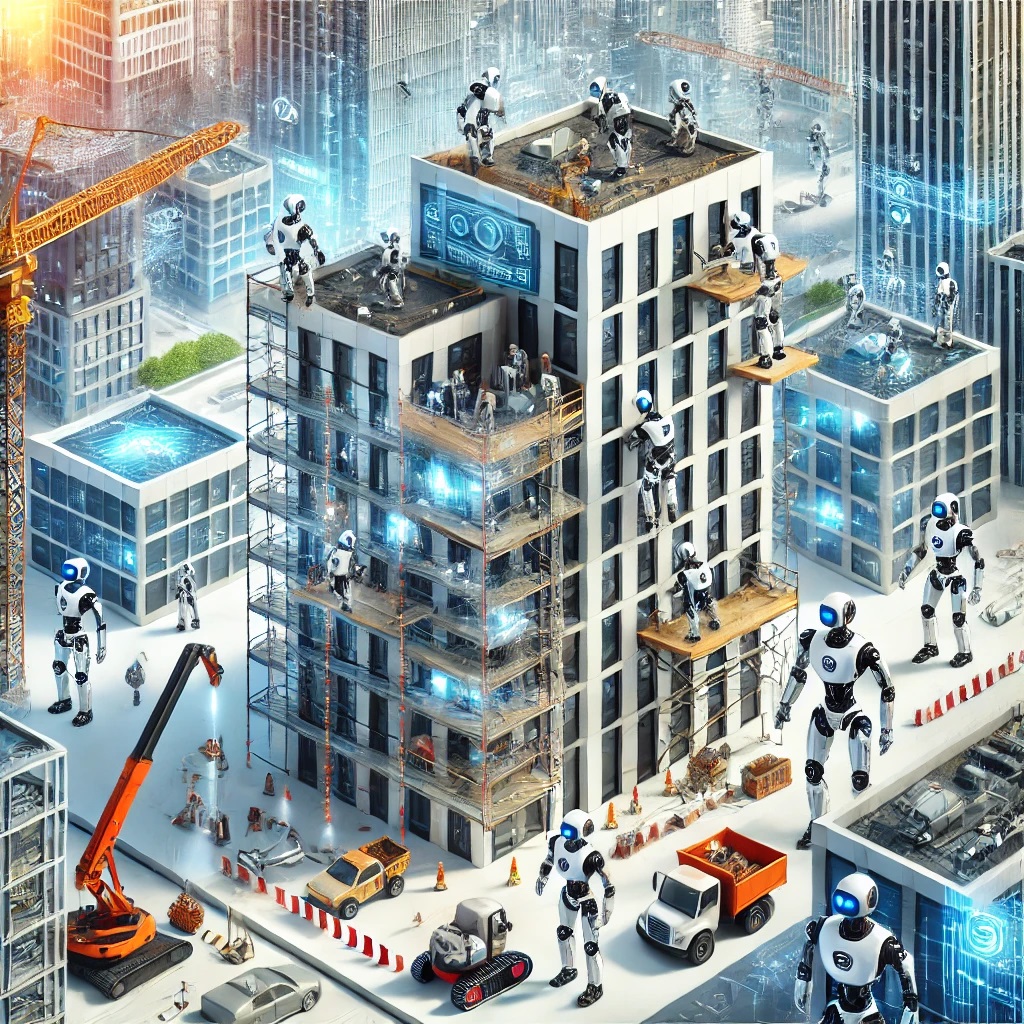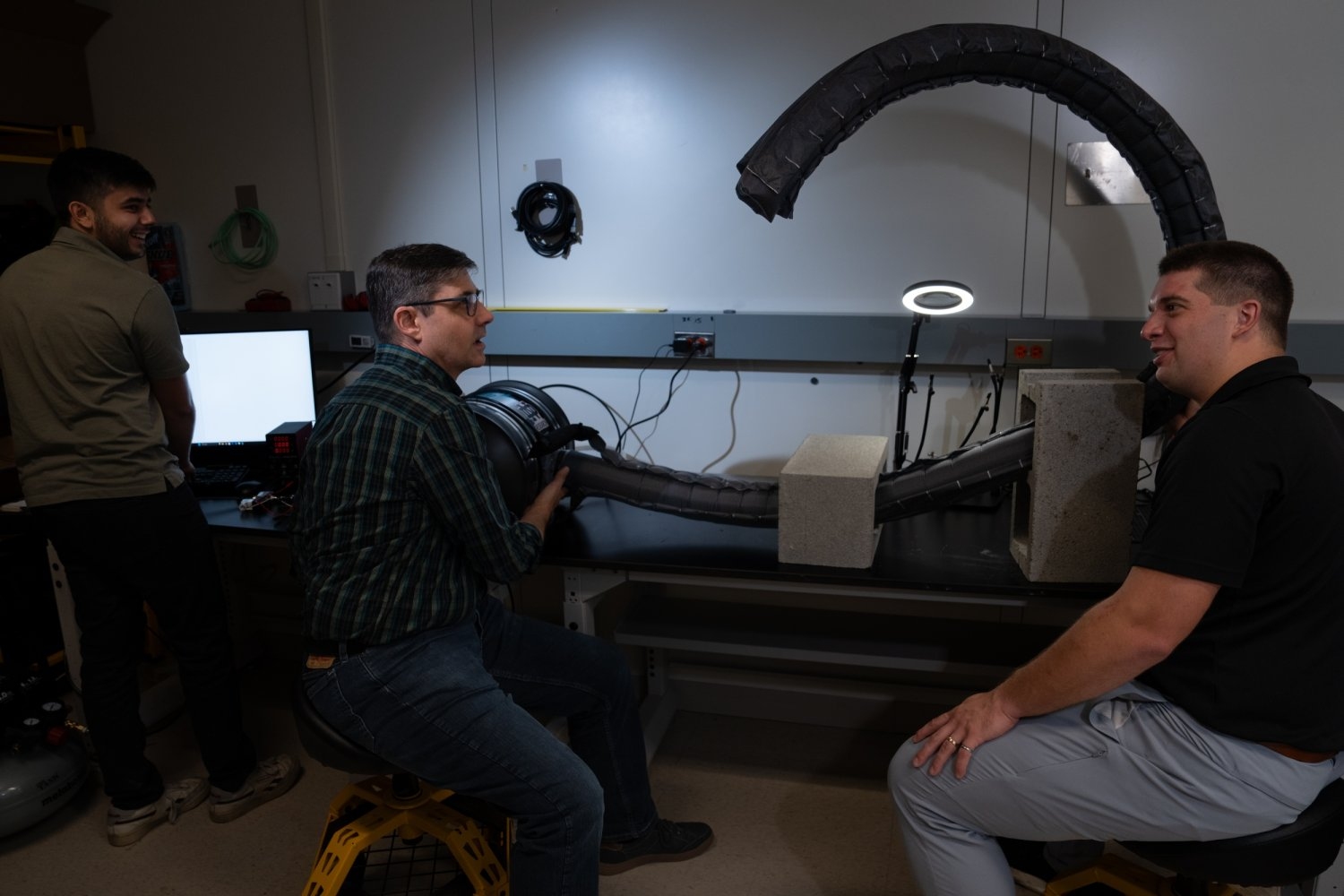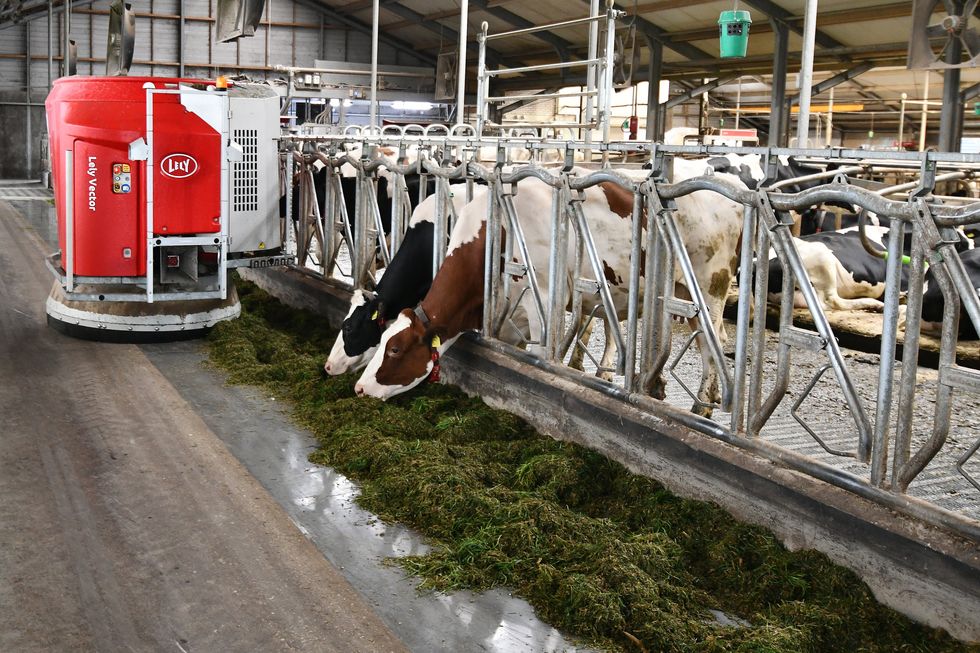The construction industry, known for its labor-intensive processes and high dependency on manual work, is embracing the transformative power of robotics. Robots are no longer confined to manufacturing floors; they are now playing a pivotal role in reshaping how construction projects are executed, offering solutions to some of the industry’s long-standing challenges.
How Robots Are Changing Construction
Enhanced Efficiency 🚀: Robots bring automation to repetitive and time-consuming tasks such as bricklaying, rebar tying, and concrete pouring. With the ability to work tirelessly without breaks, robots significantly increase the pace of construction projects while maintaining consistency and quality.
Improved Accuracy 🎯: Human errors in measurements and layouts can lead to costly rework. Robots equipped with advanced sensors and precision tools can execute tasks with millimeter-level accuracy, ensuring flawless construction outcomes.
Increased Safety 🛡️: Construction sites are often hazardous environments, with risks of falls, heavy lifting, and exposure to harmful materials. Robots can take over these dangerous tasks, minimizing risks and creating safer workspaces for human workers.
Labor Shortage Solution 👷♂️: The construction industry faces a global shortage of skilled labor. Robots can fill this gap by performing specialized tasks that require precision and repetition, allowing human workers to focus on higher-value activities like project management and design.
Cost Reduction 💰: While the initial investment in robotics technology may seem high, the long-term benefits include reduced labor costs, minimized material waste, and faster project completion times. This ultimately leads to substantial cost savings for construction companies.
Applications of Robots in Construction
Bricklaying Robots 🧱: These robots can lay thousands of bricks in a single day with perfect alignment and spacing, far surpassing human capabilities.
Concrete Pouring and Finishing 🏗️: Robots equipped with advanced pouring systems ensure uniform concrete application, while automated troweling machines deliver smooth finishes with precision.
Autonomous Layout Robots 📐: These robots read digital blueprints and translate them into precise markings on the construction site, ensuring accurate placement of walls, utilities, and structural components.
Demolition Robots 💣: Controlled remotely, these robots can safely and efficiently demolish structures, reducing risks for workers while speeding up the process.
Inspection and Monitoring Robots 🔍: Drones and ground-based robots equipped with cameras and sensors can monitor construction progress, inspect hard-to-reach areas, and identify potential issues early, improving project oversight.
Benefits of Embracing Robotics in Construction
Sustainability 🌱: Robots can optimize material usage and reduce waste, contributing to eco-friendly construction practices.
Scalability 📈: As projects grow in size and complexity, robots can scale operations without compromising efficiency.
Innovation 💡: Incorporating robotics fosters a culture of innovation, positioning companies as industry leaders and attracting tech-savvy talent.
The Future of Robotics in Construction
The adoption of robotics in construction is just beginning. As technology advances, we can expect more sophisticated robots capable of handling complex tasks such as 3D printing entire buildings, creating modular components, and even assembling structures autonomously.
By leveraging the power of robotics, the construction industry can address its most pressing challenges while paving the way for a safer, more efficient, and sustainable future. As we stand at the intersection of tradition and innovation, robots are proving to be indispensable allies in building the world of tomorrow.
How useful was this post?
Click on a star to rate it!
Average rating 4.9 / 5. Vote count: 19
No votes so far! Be the first to rate this post.
We are sorry that this post was not useful for you!
Let us improve this post!
Tell us how we can improve this post?





